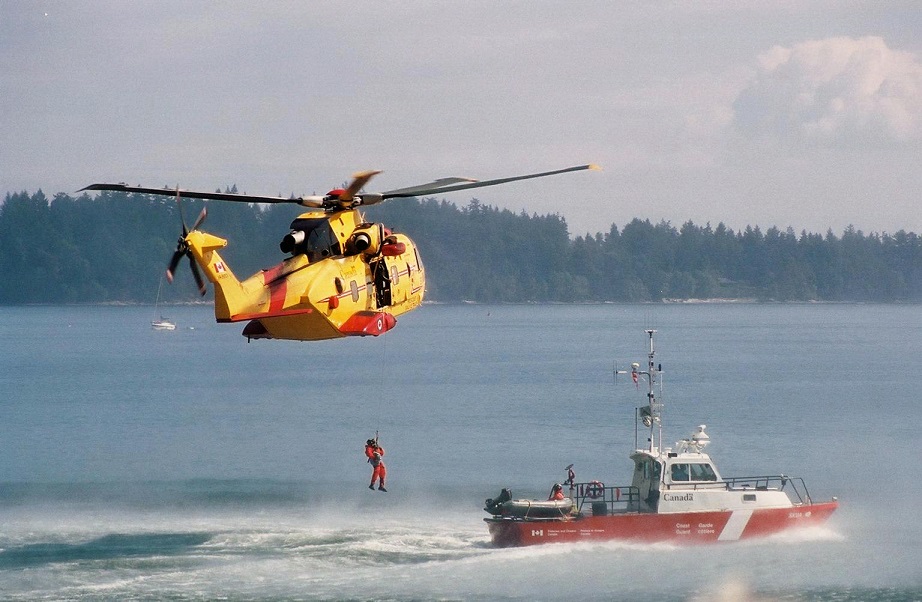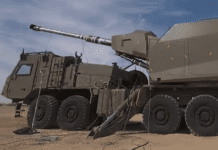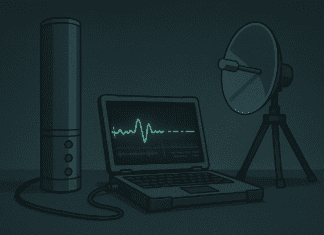This post is also available in:
 עברית (Hebrew)
עברית (Hebrew)
From disaster relief to border security and beyond, there are many applications for small UAS mobile device detection across both defense and non-defense communities. A mobile phone detection, location and communication suite has been integrated into a new Robotics Centre Search and Rescue payload for drones.
The Smith Myers ARTEMIS mobile phone location detection system turns a mobile phone into a rescue beacon and was designed specifically for SAR and natural disaster situations, accurately locating mobile telephones in the challenging airborne SAR environment. The system is designed to maximize the ability to detect a phone at extended ranges and to provide unique capabilities whilst minimizing crew workload.
Echo SAR payload enables operators to quickly find, map, and interact with mobile phone handsets in fast-moving disaster situations, aiding and boosting first responders’ ability to locate victims and save lives.
Designed for use on Teledyne FLIR’s R80D SkyRaider and SkyRangerR70 drones, the advanced Echo SAR payload will provide users with the stand-alone ability to find an individual mobile handset, conduct mass mapping of mobile phones in out-of-service areas, and communicate either with individuals or groups of mobile phones.
While in the past, ARTEMIS airborne capabilities were only available for use on manned rotary and fixed-wing platforms, now this technology can be deployed in minutes on a small quad-rotor UAV.
The UAVs, used by military and public safety agencies worldwide, are rugged, all-weather platforms well suited for Search & Rescue missions. Easily deployed and operated by a single user, the drones can provide extended situational awareness when and where it’s needed most, according to the companies’ announcement.


























